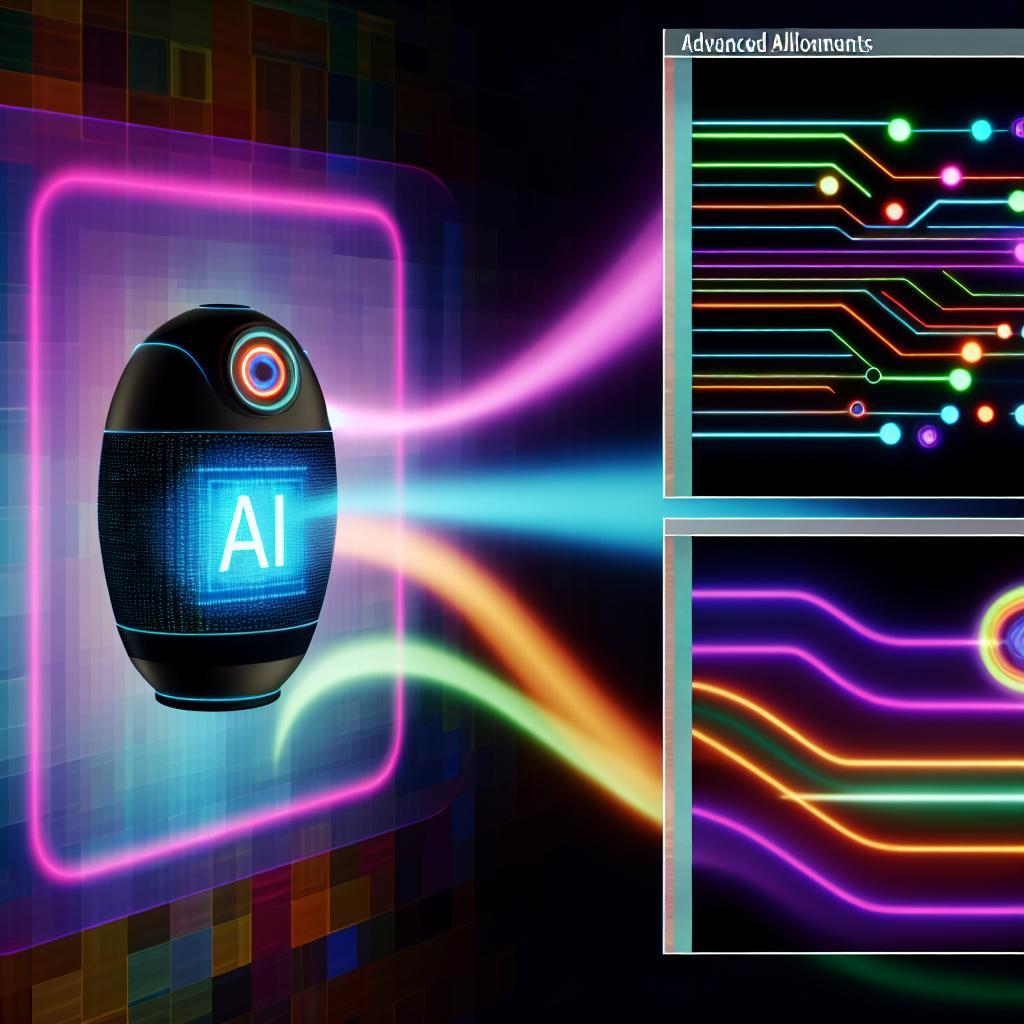In the ever-evolving landscape of cybersecurity threats, a new chapter has been written with the emergence of Bootkitty. As a powerful UEFI malware, Bootkitty represents a significant advancement in the capabilities of malicious actors seeking to exploit vulnerabilities in modern computing systems. This article explores the implications of Bootkitty and the potential impact it may have on the security of systems worldwide.
The rise of Bootkitty: a sophisticated UEFI threat
The emergence of Bootkitty represents a significant milestone in the realm of UEFI threats, showcasing a new level of sophistication in malicious software.This advanced threat leverages the latest techniques to bypass security measures and infiltrate systems undetected. With its ability to operate stealthily and persistently within the UEFI firmware,Bootkitty poses a formidable challenge to cybersecurity professionals worldwide. Its capabilities include rootkit functionality, data exfiltration, and even the potential for advanced persistent threats (APTs). As organizations face this evolving threat landscape, it is imperative to stay vigilant and prioritize proactive security measures to defend against such insidious attacks.

Protecting against Bootkitty: steps for safeguarding your system
Bootkitty, the latest UEFI threat, poses a significant risk to system security. To safeguard your system from this malicious software, follow these steps:
- Update your firmware: Regularly check for firmware updates from your device manufacturer to patch any vulnerabilities
- Enable Secure Boot: Utilize Secure Boot to prevent unauthorized firmware and operating systems from loading during the boot process
- Monitor system integrity: Use tools like Secure Boot Violation notifications to detect any unauthorized changes to your system firmware
- Limit physical access: Keep your system physically secure to prevent unauthorized access and tampering with the firmware
The Conclusion
As Bootkitty slips quietly into the realm of UEFI threats, it signifies a new chapter in the ever-evolving landscape of cybersecurity. With its stealthy tactics and ability to bypass traditional security measures, this malware serves as a reminder of the constant need for vigilance in protecting our digital assets.As researchers continue to uncover its capabilities and implications, it is essential for individuals and organizations alike to stay informed and adapt their defenses accordingly. the story of Bootkitty is a stark reminder that in the world of cybersecurity, the only constant is change.







